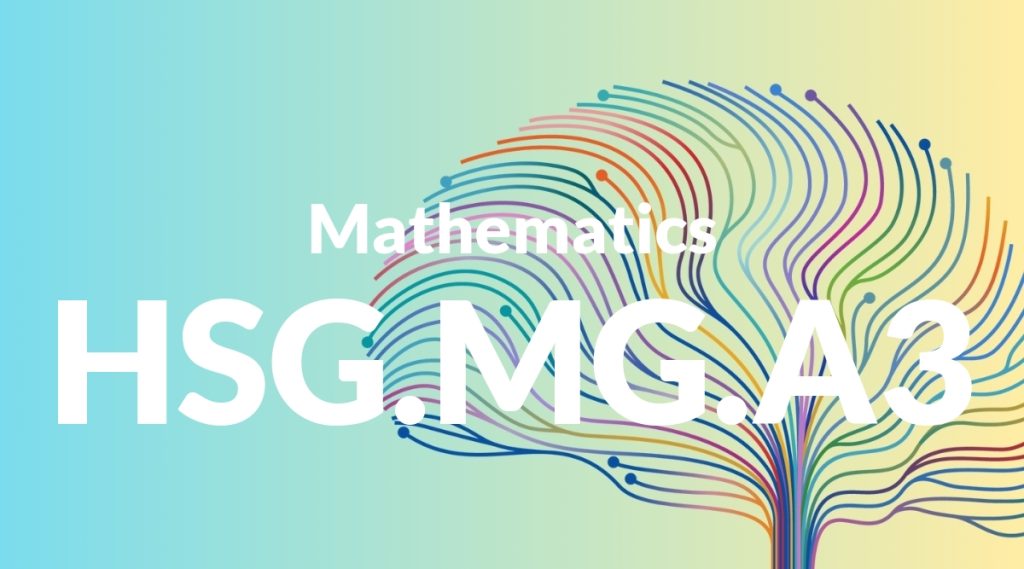Standard: HSG.MG.A3 – Apply geometric methods to solve design problems (e.g., designing an object or structure to satisfy physical constraints or minimize cost; working with typographic grid systems based on ratios).*
Grade level: High School: Geometry
Subject: Mathematics
Domain: Modeling with Geometry
Teacher Overview
This standard focuses on applying geometric methods to solve practical design problems. It emphasizes the importance of geometry in real-world applications, such as designing structures, minimizing costs, and optimizing layouts. Mastery of this standard helps students understand the relevance of mathematics in everyday life and various professions. Students need to be comfortable with basic geometric concepts such as shapes, angles, area, and volume, as well as algebraic manipulation and ratios.
By mastering this standard, students will be equipped to tackle more complex design challenges in future courses and real-world situations, enhancing their problem-solving and critical-thinking skills.
Common Misconception 1
A common misconception is that there is only one correct solution to a design problem. This is incorrect because design problems often have multiple viable solutions, each with its own advantages and disadvantages.
Intervention 1
To address this misconception, encourage students to brainstorm and evaluate multiple solutions for a given problem, discussing the benefits and drawbacks of each approach.
Common Misconception 2
Another misconception is that geometric methods are only useful for theoretical problems. In reality, geometry is widely used in various fields such as engineering, architecture, and urban planning.
Intervention 2
Use real-world examples and case studies to show students how geometric methods are applied in different industries, making the subject matter more relatable and engaging.
Prerequisite Knowledge
Students should have a solid understanding of basic geometric principles, including shapes, angles, area, and volume. Familiarity with algebraic manipulation and ratio concepts is also important.
Subsequent Knowledge
After mastering this standard, students will be able to apply geometric principles to more complex real-world problems and design projects, enhancing their problem-solving and critical-thinking skills.
Instructional Activities
- Design a model bridge that meets specific weight and material constraints.
- Create a cost-effective packaging solution for a product.
- Plan an efficient layout for a small urban park.
- Develop a blueprint for ergonomic classroom furniture.
- Design an irrigation system for a community garden.




